Generative AI is transforming the way content is produced. With unprecedented opportunities for efficiency, creativity, and personalization, generative AI is becoming an integral part of various industries, from marketing and journalism to education and entertainment.
Its power is rooted in recent breakthroughs in machine learning and natural language processing.
Basics of Generative AI
Generative AI refers to systems that utilize artificial intelligence in generating novel content in the form of text, images, videos, and even music.
Unlike other types of traditional AI systems that depend mostly on a set of predefined datasets and outputs, generative AI models, such as OpenAI’s GPT-4, can generate unique and even human-like outputs based on their learnings from huge datasets.
These systems are made to model human creativity and assist creators of content.
Major Content Generation Applications of Generative AI
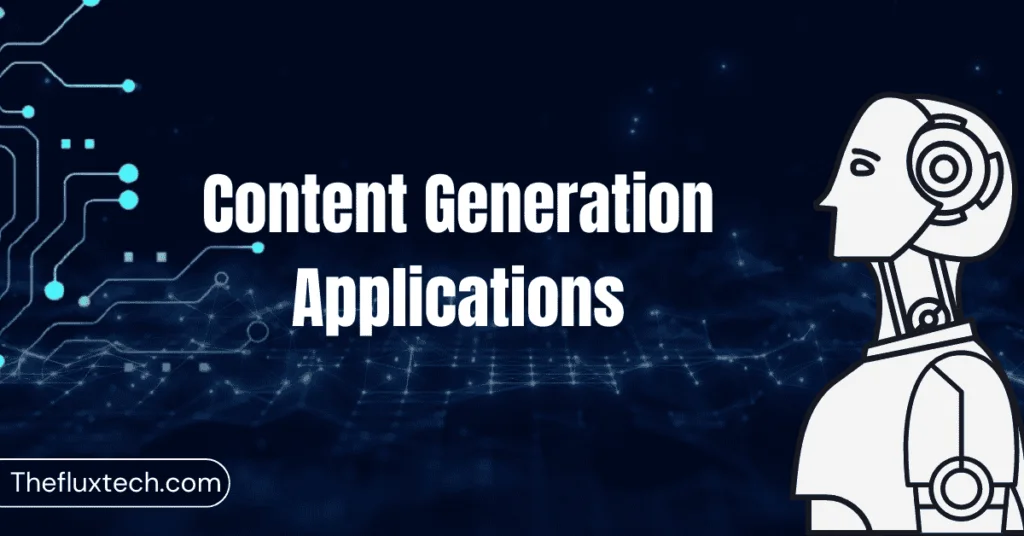
1- Auto-Content Writing and Editing
Generative AI has made auto content writing quicker and more accessible. This may include writing articles, crafting blog posts, or writing interesting social media content, and these tools save much time and effort. Applications like Jasper, Writesonic, and ChatGPT are widely used to create written content with minimal input.
AI tools can even edit and proofread content to ensure there is no grammatical error and ensure that the stylistic consistency prevails. It is specifically helpful for those who may not be native speakers of the language or writers who aim to enhance their language skills.
2- Marketing Personalization
Personalization forms the core of marketing. Generative AI allows companies to produce content that best suits customers’ preferences. AI examines user data and creates targeted e-mail campaigns, personalized product recommendations, and dynamic website content.
Tools like Persado use AI to generate emotionally resonant marketing messages, enhancing user engagement and conversion rates.
3- Enhancing Creativity in Design and Visual Content
Beyond text, generative AI is transforming visual content creation. Tools like DALL-E and Canva’s Magic Design use AI to create stunning visuals, logos, and promotional materials. These platforms allow even non-designers to produce professional-quality graphics, reducing reliance on expensive design software or professional designers.
4- Streamlining Video and Audio Production
Generative AI is now significantly contributing to video editing and audio production. It allows the creation of videos with AI-generated scripts, voices, and animations using platforms like Pictory and Synthesia. This technology is very valuable for educational content, explainer videos, and corporate training.
5- Revolutionizing Journalism and News Creation
In journalism, generative AI is helping newsrooms automate the production of breaking news articles, summaries, and data-driven reports. Wordsmith and Heliograf are some AI tools that have been used to generate thousands of articles, ensuring speed and accuracy in reporting.
6- Educational Content Development
Generative AI is changing educational content to include producing personalized learning material, quizzes, and even interactive modules. These tools are helping educators provide unique learning experiences that can fit different learning styles and needs.
Advantages of Generative AI in Content Generation
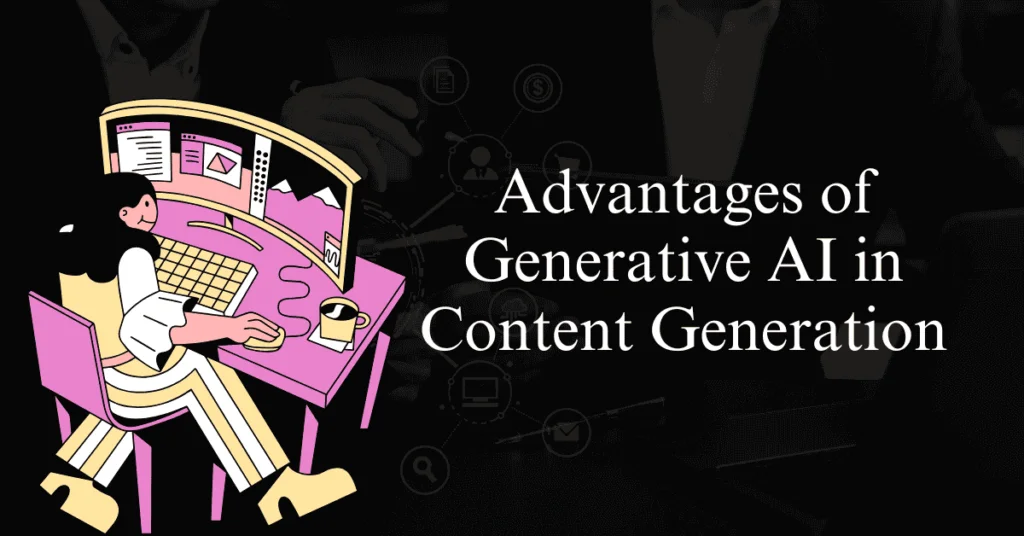
1- Enhanced Efficiency
Generative AI cuts way too much time in generating content. This makes creators available for strategy and ideation.
Generative AI can help create quality content without necessarily investing much money in professional teams for small businesses or startups.
2- Creativity Amplification
While offering novel ideas and unique outputs that support human creativity, generative AI also provides inspiration perhaps not otherwise considered.
3- Mass Production
Generative AI helps businesses to produce content en masse. In other words, its usage allows consistent messaging on platforms with numerous different messages.
4- Accessibility
These tools are democratizing content creation for persons with few resources, allowing for professional-grade outputs to be created by anybody.
Limitations and Ethical Issues
While generative AI offers many benefits, it also presents challenges
1- Content Authenticity
The lack of depth and authenticity in the work generated by AI may strip audiences of an appreciation for authentic storytelling.
2- Plagiarism and Copyright Issues
There is a fine line between inspiration and plagiarism. The generative AI tools must ensure the outputs do not infringe on existing intellectual property rights.
3- Bias in AI Models
Generative AI systems are inherently reflective of the data they are trained on, which often includes vast datasets from the internet, books, and other sources. These datasets can carry implicit biases related to race, gender, socioeconomic status, and culture. As a result, generative AI may unintentionally reproduce or amplify stereotypes, inaccuracies, or prejudices.
Examples of Bias in AI:
- Gender Bias in Language Models: AI might associate certain professions or roles with specific genders based on historical data, reinforcing outdated stereotypes (e.g., “nurses” as female and “engineers” as male).
- Cultural Bias: Models trained predominantly on Western-centric data might underrepresent or misinterpret non-Western languages, traditions, or societal norms.
- Racial Prejudice: Some AI tools have generated outputs reflecting racist undertones, stemming from biased training data.
Mitigating Bias:
Addressing bias in AI involves:
- Diversifying Training Data: Incorporating a broader range of perspectives and sources in datasets.
- Regular Audits: Conducting continuous evaluations of AI systems to identify and correct biases.
- Transparency: Making the development and decision-making processes of AI tools more open and understandable to users.
Ensuring unbiased AI systems requires significant effort and collaboration among developers, ethicists, and policymakers.
4- Job Displacement
The rise of generative AI tools has sparked concerns about job displacement in creative and other sectors. While these tools offer efficiency and cost savings, they also pose challenges to traditional job roles.
Impact on Creative Fields:
- Writing and Journalism: AI-driven platforms can generate articles, reports, and stories faster and cheaper than human writers, putting some roles at risk.
- Graphic Design: Tools like Canva and DALL-E simplify design processes, potentially reducing demand for professional graphic designers.
- Video Editing: AI-powered video creation platforms like Synthesia allow businesses to create content without extensive technical expertise.
Balancing Automation and Employment:
Despite these challenges, many experts believe AI can complement human creativity rather than replace it:
Hybrid Workflows: Collaboration between AI and humans could lead to more efficient and creative outcomes, preserving many job functions while evolving their scope.
Upskilling Opportunities: Workers can leverage AI to enhance their capabilities, focusing on high-value tasks such as strategy and innovation.
New Roles in AI Development: As AI adoption grows, so will demand for professionals skilled in AI development, ethics, and data analysis.
5- Ethical Misuse
Generative AI can be used to create deepfakes or misleading content, posing risks to information authenticity and societal trust.
Future of Generative AI in Content Creation
The future of generative AI in content creation is bright, with the potential for advancements such as:
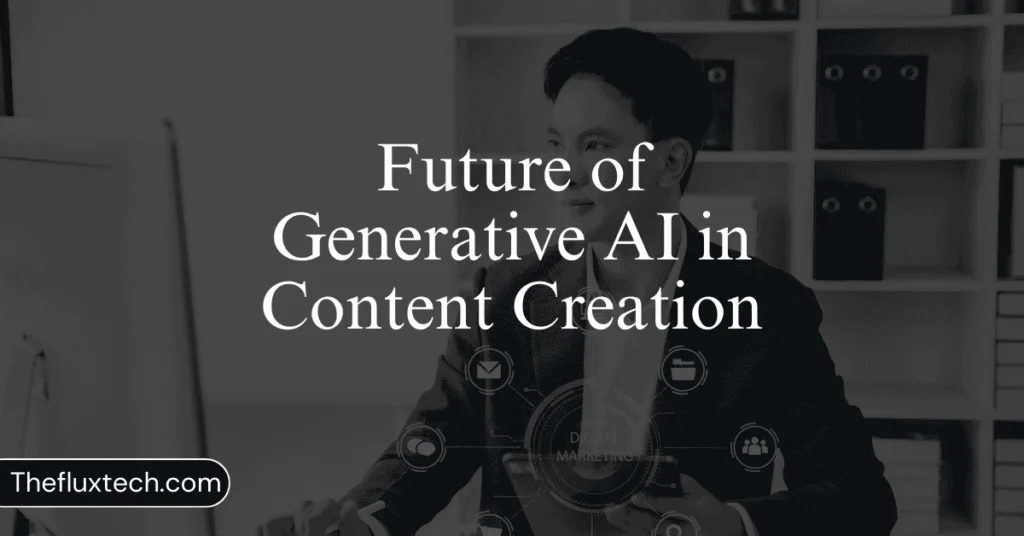
– Improved Collaboration Tools
AI systems are transforming how creators and teams work together, and future advancements promise even deeper integration. Imagine collaborative tools where AI acts as a dynamic assistant, offering real-time suggestions during the creative process. For instance:
Interactive Feedback:
AI could analyze drafts, pointing out areas for improvement in tone, structure, or grammar, while suggesting alternative phrasing or ideas tailored to the creator’s intent.
Co-Authoring Capabilities:
Tools like Google Workspace with AI-driven features already offer basic assistance, but future AI could become an active co-author, developing ideas alongside humans. This could reduce time spent brainstorming while ensuring high-quality output.
Cross-Platform Integration:
AI tools will likely sync seamlessly with other platforms, enabling users to transfer work effortlessly across mediums such as video, text, and design software. This would enhance productivity in multi-disciplinary teams.
Hyper-Personalization
Hyper-personalization, driven by generative AI, will redefine how creators cater to their audiences. By analyzing user behavior, preferences, and engagement patterns, AI can tailor content that resonates deeply with individuals. Some key developments include:
Data-Driven Insights:
AI will leverage real-time data to determine what content formats, tones, or topics appeal most to specific audience segments. For instance, a marketing campaign could automatically adapt its visuals and copy based on audience demographics or recent interactions.
Dynamic Content Generation:
Websites and applications could use AI to provide unique experiences for every visitor. For example, an AI-powered e-learning platform might curate lesson plans or quizzes based on a student’s strengths and weaknesses.
Contextual Understanding:
Generative AI will improve its ability to understand nuanced contexts, ensuring personalized content feels authentic rather than automated.
– Expansion into New Mediums
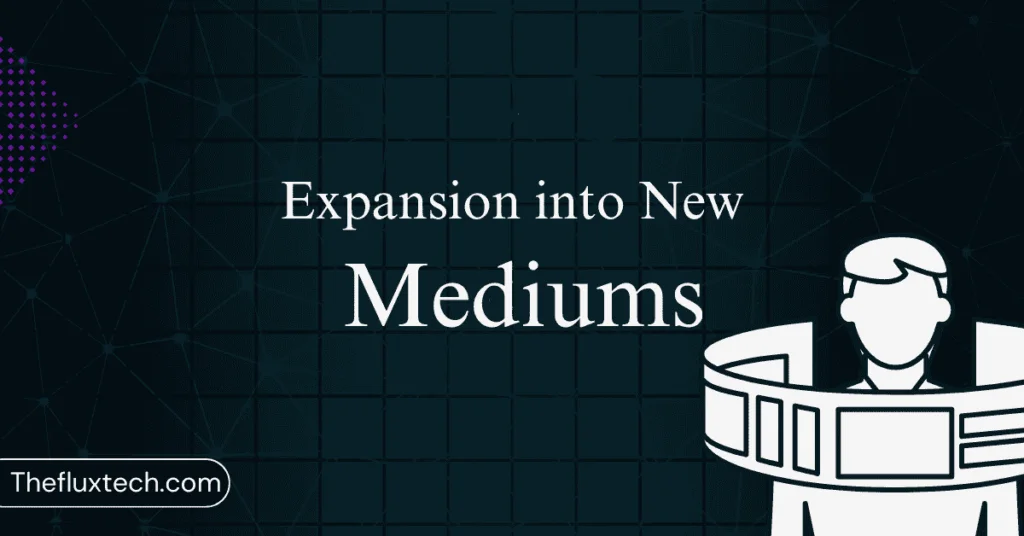
Generative AI is poised to unlock creativity in unexplored mediums, expanding the scope of content creation. This evolution is already evident in several groundbreaking areas:
Augmented Reality (AR):
AI-powered tools are enhancing AR experiences by generating immersive visuals and interactive narratives. Imagine virtual tours of historical sites where AI provides real-time contextual information or AR-based educational tools that adapt to student engagement.
Interactive Storytelling:
Future AI could create branching narratives for games, apps, or digital comics, allowing users to influence story outcomes in real time. This would make entertainment more engaging and participatory.
3D Modeling and Virtual Worlds:
Platforms like Unreal Engine are using AI to generate realistic landscapes and characters. This opens up opportunities for creators to build detailed virtual environments for gaming, simulation training, or architectural visualization.
– Ethical and Transparent AI Development
The growing influence of generative AI necessitates a focus on ethical use and transparency to address challenges and build trust. Key considerations for future development include:
Ethical Training Practices:
Developers must ensure that AI systems respect intellectual property and data privacy. This includes fair use of copyrighted material during training and transparent disclosures about how data is utilized.
Bias Mitigation:
AI tools must prioritize eliminating biases in their algorithms. Developers will need to diversify training datasets and implement rigorous testing to ensure equitable outputs for all users.
Content Moderation:
Robust moderation systems are critical to prevent the misuse of generative AI for malicious purposes, such as creating fake news, harmful propaganda, or deepfakes. Transparent guidelines on AI-generated content labeling will also help users distinguish between human and machine-produced work.
Regulatory Compliance:
Governments and industry bodies are likely to establish stricter frameworks governing AI use. Developers will need to align with these standards to maintain public trust and avoid misuse.
Conclusion
This will undeniably continue the transformation of content creation when generative AI enhances efficiency, creativity, and personalization in writing and design to video production and marketing.
Creators and industries alike are empowered, but addressing ethical challenges and using them responsibly is critical in unlocking its full potential. Generative AI continues to influence content creation and brings new avenues of innovation and storytelling.
Also Read: Devokang Technology: 5 Breakthroughs Shaping the Future
Till Next 🙂

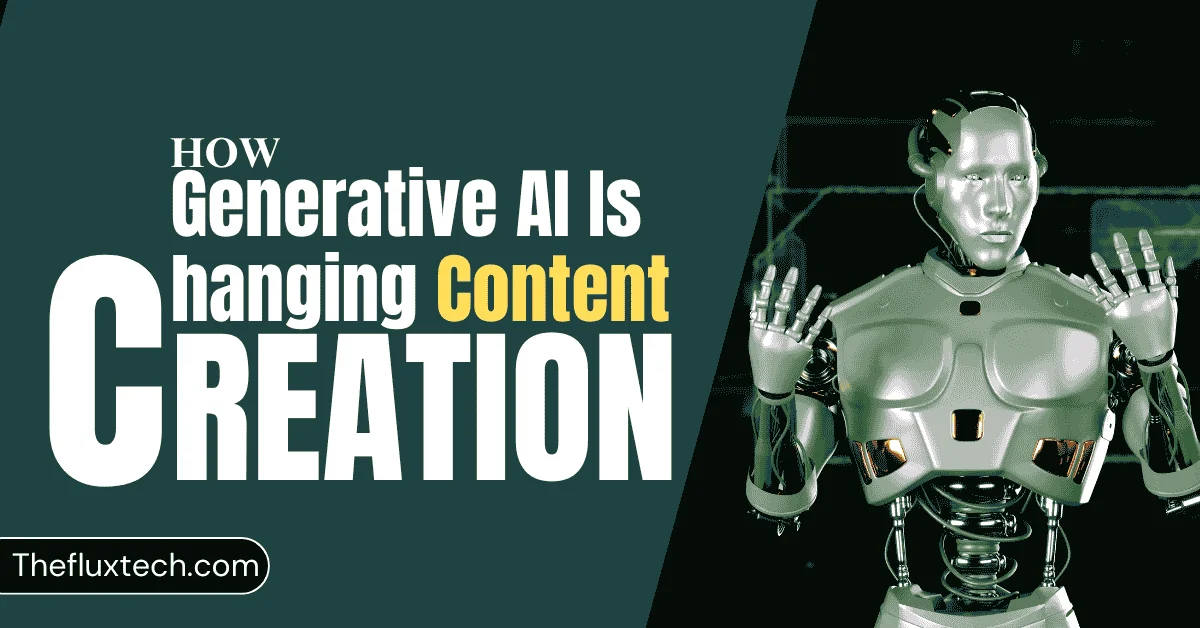



3 thoughts on “10 Ways Generative AI Is Changing Content Creation in 2025”